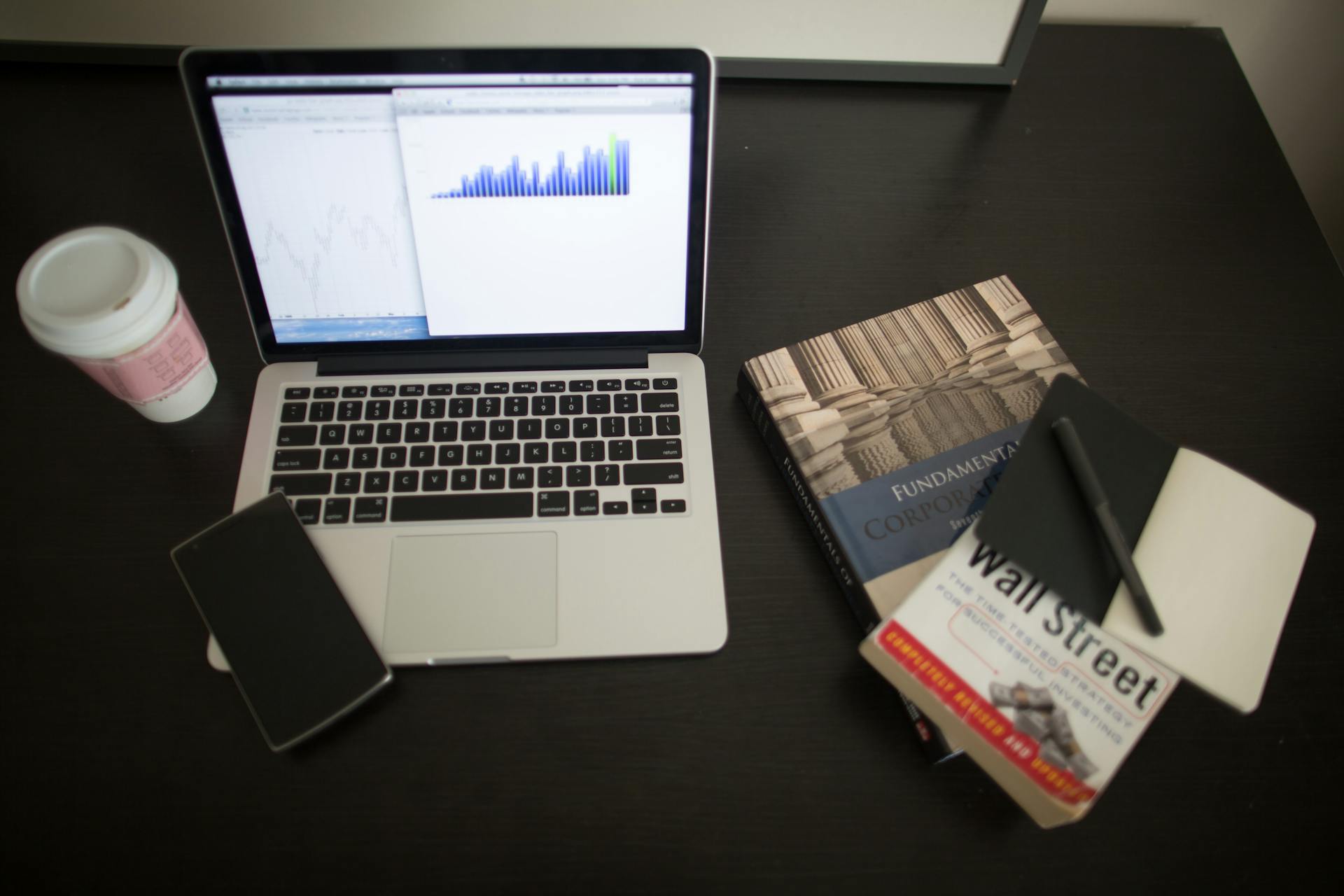
Learning FX trading: what is the spread and how to use it?
When it comes to learning FX trading, one of the most important things to understand is the concept of the spread. The spread is the difference between the bid and asks the price of a currency pair. Knowing how to use the spread to make informed and profitable trades is essential.
Identifying the spread
When looking at a currency pair, the bid price is always lower than the asking price. The difference between these two prices is what is known as the spread. For example, if you look at the EUR/USD currency pair, you may see that the bid price is 1.20 and the asking price is 1.22. There is a two pip spread on this particular currency pair. In most cases, the spread is relatively small.
However, it can have a significant impact on your overall profitability. You will need to factor in the spread when you are calculating your potential profits. For example, if you buy EUR/USD at 1.22 and sell it at 1.24, your profit would be two pips minus the spread. In this case, your net profit would be 0 pips.
It is important to remember that the spread is not a fee charged by your broker. It is simply the difference between the bid and asks the price of a currency pair. You will need to take the spread into account when you place trades to ensure that you are getting the best possible.
How brokers profit
The spread is significant because it is how FX brokers make their money. When you place a trade, your broker will always quote you a price that includes the spread. For example, if you want to buy EUR/USD at 1.20, your broker may quote you a price of 1.21, which includes the two pip spread. The trade must move in your favour by more than the spread amount to profit.
You should understand that the spread can change over time. It is not always fixed at two pips for EUR/USD. The spread will widen when there is increased volatility in the market, and it will narrow when there is less volatility.
Using spread to your advantage
It is important to remember that the spread is not a fee charged by your broker. It is simply the difference between the bid and asks the price of a currency pair. You will need to take the spread into account when you are placing trades to ensure that you are getting the best possible deal.
It is beneficial to trade in currencies that have a small spread in most cases. It’s because you will be able to get in and out of trades with minimal losses.
Stop-loss orders
It is also essential to consider the spread when placing stop-loss orders. A stop-loss order is to sell a currency pair once it reaches a specific price. This price is usually below the current market price.
When placing a stop-loss order, you need to make sure that the price is below the current market price by more than the spread. Otherwise, your stop-loss order may be triggered prematurely, and you may lose money.
Take-profit orders
It is also essential to consider the spread when placing take-profit orders. A take-profit order is to sell a currency pair once it reaches a specific price. This price is usually above the current market price.
When placing a take-profit order, you need to make sure that the price is above the current market price by more than the spread. Otherwise, your take-profit order may be triggered prematurely, and you may not make as much money as you expect.
The spread is an essential factor to consider when trading FX. By understanding how the spread works, you can use it to make more money from your trades.



